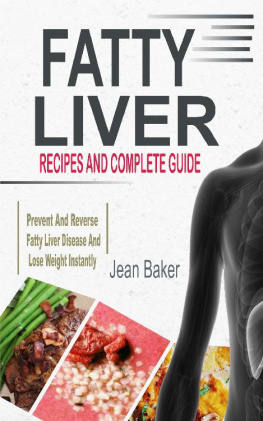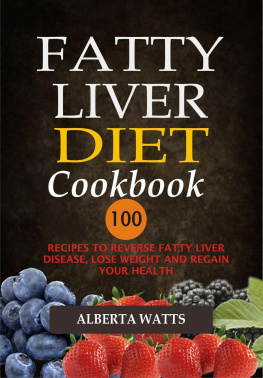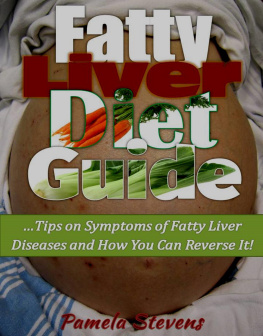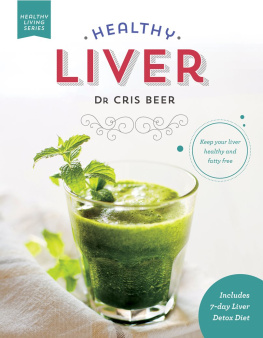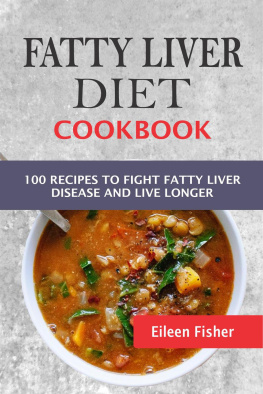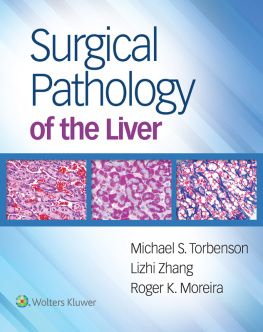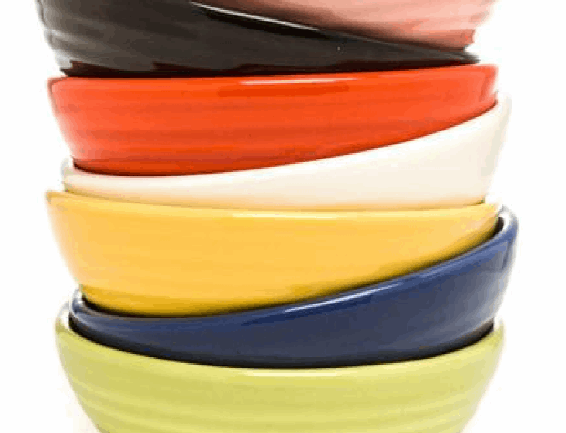Fatty Liver Recipes And Complete Guide To Prevent And Reverse Fatty Liver Disease And Lose Weight Instantly Jean Baker Copyright 2018 Jean Baker All rights reserved. No part of this publication may be reproduced, distributed, or transmitted in any form or by any means, including photocopying, recording, or other electronic or mechanical methods, without the prior written permission of the publisher, except in the case of brief quotations embodied in critical reviews and certain other noncommercial uses permitted by copyright law. Limit of Liability/Disclaimer of Warranty: While the publisher and author have used their best efforts in preparing this book, they make no representations or warranties with respect to the accuracy or completeness of the contents of this book and specifically disclaim any implied warranties of merchantability or fitness for a particular purpose. No warranty may be created or extended by sales representatives or written sales materials. The advice and strategies contained herein may not be suitable for your situation. You should consult with a professional where appropriate.
Neither the publisher nor author shall be liable for any loss of profit or any other commercial damages, including but not limited to special, incidental, consequential, or other damages. Contents
Introduction
A healthy liver produces the digestive protein known as bile and gets rid of toxins from the body. Fatty liver disease means that there is excess of fat in your liver and this disease compromises the liver's original function and damages it. Virtually 75% of American adults are affected by the fatty liver disease and it is a leading cause of liver failure. People who eat highly processed foods, who are inactive or obese are more susceptible and most times diagnosed with Non-alcohol related fatty liver. Fatty liver affects up to 10-20% of the American populace without inflammation or cirrhosis and in most cases, fatty liver does not create irreversible harm unless it progresses, it is a condition that can be undone and corrected with basic lifestyle changes.
Fatty liver can become dangerous to the liver if the primary cause of the fatty liver isn't discovered and corrected. Fatty liver as the name implies is characterized by an increase in fat accumulation, principally triglycerides in the liver cells. Increased accumulation of fat in some people can cause steatohepatitis otherwise called inflammation, even though there is no correlation between the possibility of inflammation and the quantity of fat in the liver. It is usual for the liver to hold a little amount of fat and independently, this brings no harm. Liver inflammation can deteriorate to cirhosis (liver scarring) and has also been associated with hepatocellular carcinoma (cancer of the liver).
Types
Non-alcoholic Fatty Liver Disease This type of fatty liver is developed when the liver has a buildup of liver tissue from having difficulty breaking down fats.
It is diagnosed when the liver contains over 10% fat and the cause does not relate to alcohol. Alcoholic Fatty Liver Disease When a person consumes alcohol in excess, the liver is damaged and the metabolism of fat in the liver is compromised and becomes difficult. This can be corrected by alcohol abstinence. The fatty liver should naturally subside within 1 month and 2 weeks of alcohol abstinence. If the person keeps drinking alcohol excessively, cirrhosis (scarring of the liver) may grow.
Symptoms
At the early stages, fatty liver has no connected symptoms.
A person may have a slightly enlarged liver detected via a physical medical exam, the person may experience indistinguishable abdominal distress or fatigue. Nevertheless, too much fat in the liver can lead to inflammation which has obvious associated symptoms such as:
- Confusion
- Exhaustion
- Physical weakness
- Abdominal pain
- Loss of weight
- and lack of appetite.
Fatty liver can also progress to liver failure and cirrhosis with associated symptoms such as:
- A propensity to bleed easily
- Confusion
- Yellow eyes and skin jaundice
- Fluid filled and enlarging abdomen
Causes
Heavy drinking and alcoholism is the major cause of fatty liver. In many cases, fatty liver also occurs in people who drink little or no alcohol and doctors are still yet to find out the causes.
When the body produces excess fat or cannot break down fat rapidly, it is known as the development of fatty liver. This surplus fat accumulates in the liver cells and over time fatty liver disease is formed. Eating meals that are high in sugar and fat are not necessarily a direct cause of fatty liver, but it can add to the risk of fatty liver. There are various causes of fatty liver besides alcoholism such as:
- Side effects of some drugs, which include tetracyline (Panmycin), tamoxifen (Nolvadex), steroids, and aspirin
- Fast weight loss
- Genetic inheritance
- Diabetes
- High blood fat levels or hyperlipidemia
- Obesity
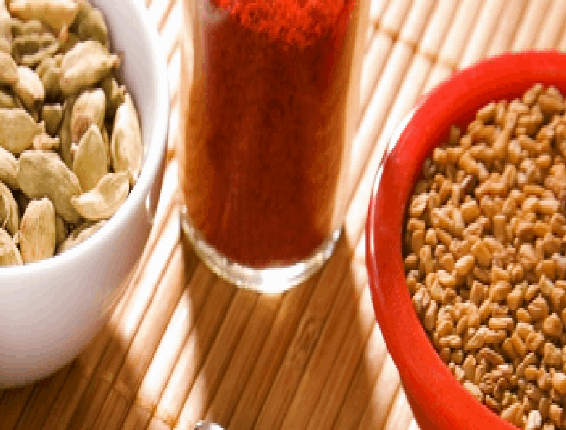
Reversing Fatty Liver With A Diet
Alcohol related and non alcohol related fatty liver are the primary types of fatty liver conditions and diet is a major method of treating fatty liver disease in spite of the type of fatty liver.
By and large, a fatty liver diet comprises of a reduced calorie low fat diet that will cut down on the risk of fatty liver disease and help you lose weight. Losing no less than 10% of your body weight is the plan. A fatty liver diet includes very little saturated fat, refined carbs, trans fat, salt, added sugar, no alcohol and it is rich in veggies, fruits and high fiber plants such as whole grains and legumes.
Foods That Are Harmful to The Liver
There are foods that increases blood sugar and increases your overall weight. These are foods that you should limit or steer clear of if you have been diagnosed with fatty liver disease. Below are some foods to limit or avoid for a healthy liver.
Red Meat and Fried Foods Deli meats and beefs are foods that have high saturated fat content. Fried foods have high calorie and fat contents. Pasta, Rice and White Bread These foods are fiber deficient and they tend to increase blood sugar. Salt Reduce your intake of salt to 1500mg every day, too much salt makes your body clings to too much water. High Sugar Foods and Alcohol Avoid foods that are high in sugar like fruit juices, sodas, cookies and candy. Sugary foods cause an increase in blood sugar and the buildup of fat in the liver is increased.
Alcohol is one of the main causes of fatty liver disease in addition to several other liver related diseases.
Foods to Prevent and Reverse Fatty Liver Disease
Below are some meal ideas that you can choose from for a healthy liver. Greens Eating added greens such as kale, Brussels sprouts and spinach can help with overall weight loss. Greens help to avert a buildup of fat in the body. Studies showed that the fat buildup in the liver of a lab mouse was prevented with broccoli. Green Tea, Coffee and Low-fat Milk (Dairy) Green tea has several benefits such as helping with sleep, reducing cholesterol and reducing fat absorption.
Caffeine seems to reduce the quantity of irregular liver enzymes of people who are in danger of liver disease. People with fatty liver disease who drink coffee have a lesser amount of liver damage when compared to those who do not drink coffee. Studies show that dairy is rich in whey protein and it shields the liver from more damage. Olive Oil & Fish Olive oil is the best cooking option than shortening, butter or margarine. It is a healthier cooking option that is rich in Omega-3 fatty acids. Studies show that olive oil controls weight and reduces levels of liver enzymes.
Next page
